

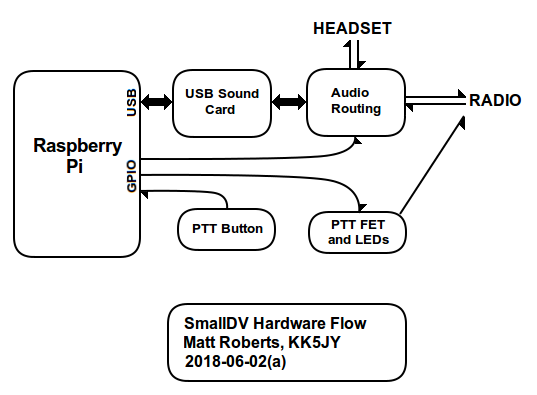
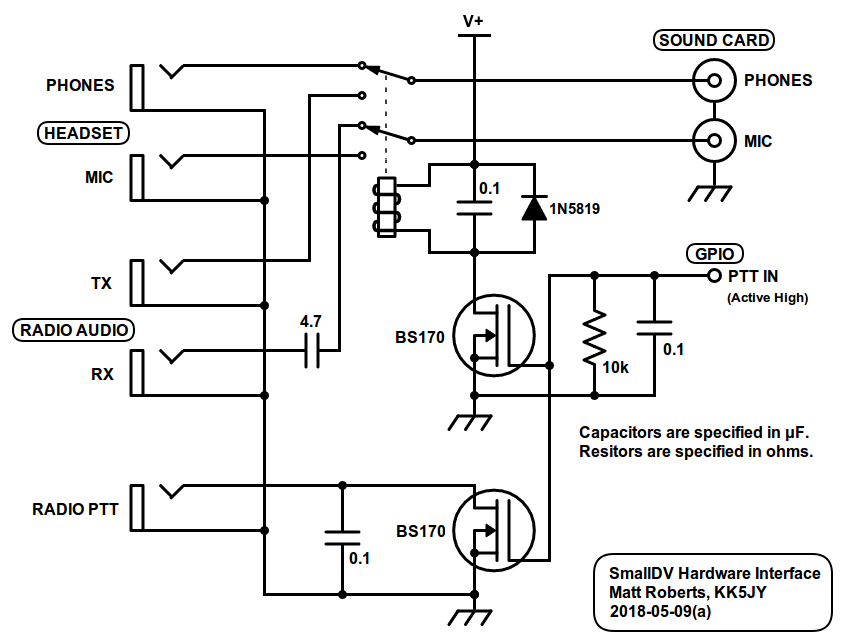
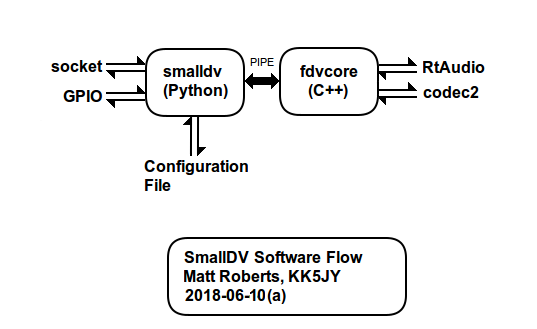
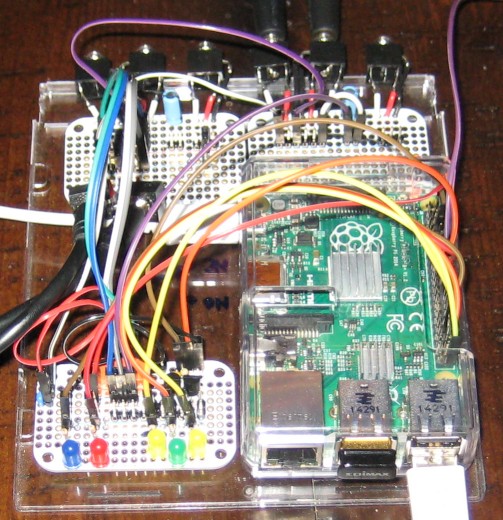
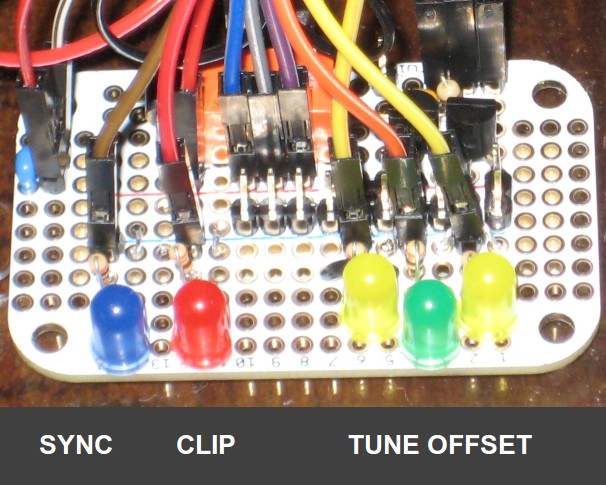
C: VERSION S: OK:VERSION=fdvcore 1.0 C: TX S: OK:TX=0 C: VOLPH S: OK:VOLPH=100 C: VOLPH=75 S: OK:VOLPH=75 ...Whenever the modem configuration is changed, the settings are persisted to a file, which is ideal for an "appliance" style device. All software components run as a background service. This allows the software to be started and run without any display at all.
 |
SmallDV 1.0 Downloads (Click Here) Click the link above to download software packages. The source is being released under the GPL version 3, which is also available on the download page. |